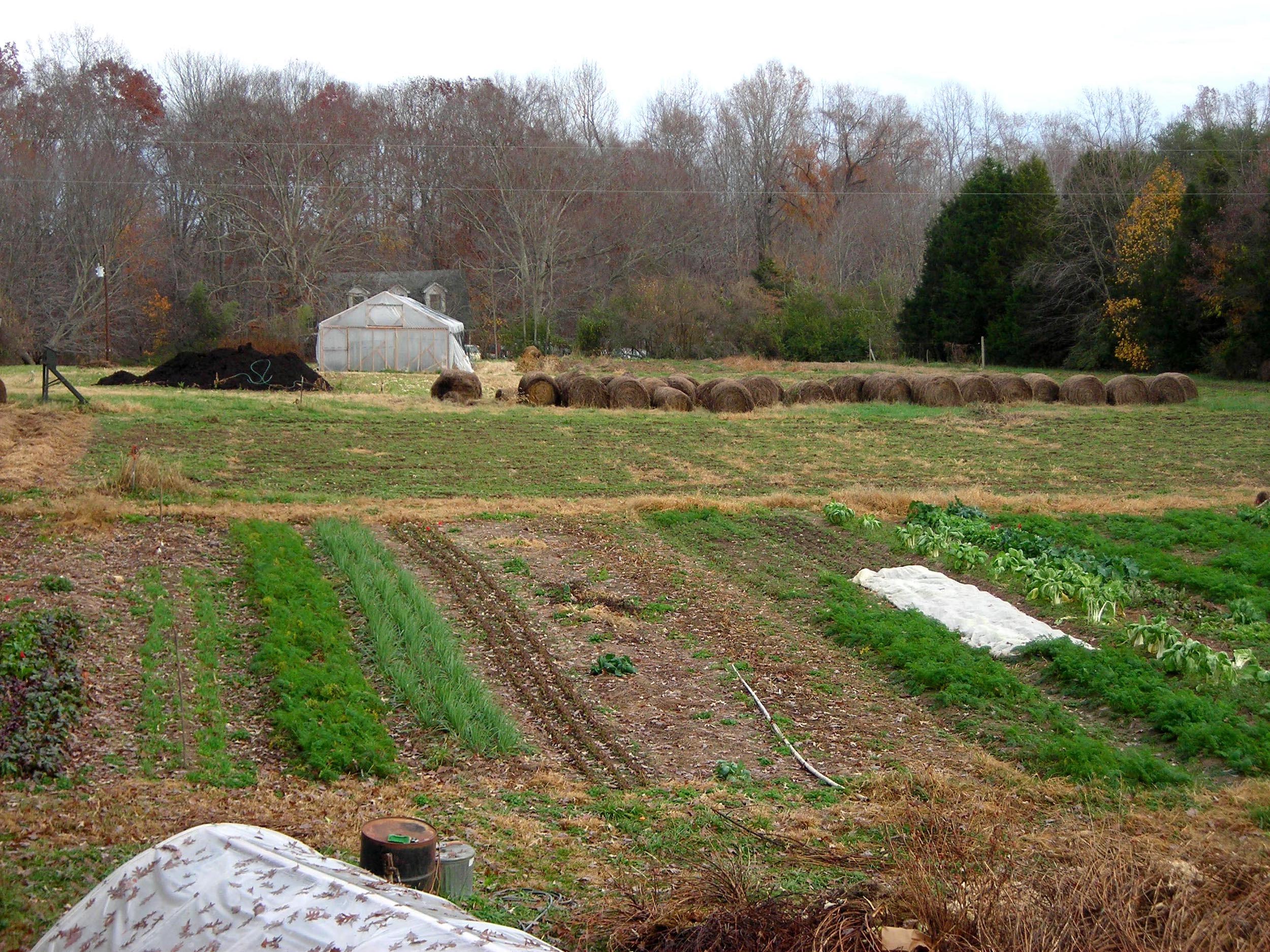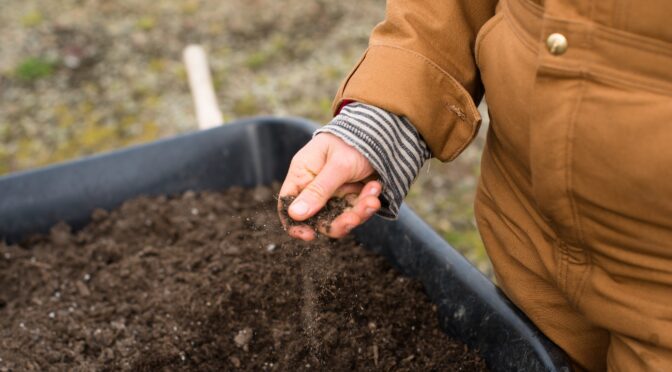Spring tidying may be the routine for household tasks, but in the garden, a clean-up and refresh is called for in the fall, so the garden is ready to go in spring. These tasks will help keep your garden disease-free, improve and protect soil health, and allow easy spring planting. Follow these steps to properly prepare your soil and tuck in your fall garden.
Clean Up Diseased Crop Debris
An untidy garden isn’t always a bad thing. Plant material naturally decomposes and adds organic matter back to the soil. Flower heads like Rudbeckia, echinacea, and sunflowers provide seeds for songbirds like goldfinches and chipping sparrows. Long plant stems also offer places for solitary bees and beneficial insects to overwinter and lay eggs.
However, leaving diseased or pest-ridden plant material in the garden is always a bad idea. Plant diseases and pests can remain on the material and in the soil over the winter. Remove the material from garden beds and trellises if plants are infected with pests or diseases.
Removing material from crops you know are susceptible to diseases is also a good idea. For example, if you have struggled with blight in the past. You may want to remove all the tomato plant residue even if it appears healthy.
Don’t add pest-ridden or diseased plant material unless you have a very well-maintained compost pile. Compost piles must reach 131°F or higher for at least three days to kill most pathogens.
 Avoid Adding Fertilizer
Avoid Adding Fertilizer
It may seem like you’re getting a head start on spring, but fall is a poor time to add fertilizer to the garden. Fertilizers are generally water soluble and begin breaking down quickly. During winter’s cold temperatures, cover crops or any winter crops you have won’t be able to absorb the nutrients. Much of the fertilizer applied in fall ends up in local waterways, which can cause toxic algae blooms. Wait until spring!
Get Your Soil Tested
A soil test is one of the best ways to start improving your soil. They’re generally quite affordable and tell you precisely what you need. Unfortunately, they often take a while to process. Fall is a great time to test your soil to have the results before the growing season.
Usually, an extension agent can help you interpret your results and guide you on amending your soil. However, you can also check out our Guide to Understanding Soil Tests.
Add Slow-Acting Amendments
Not all amendments act like fertilizer. Dolomite lime, bone meal, rock phosphate, and some other mineral amendments need plenty of time to break down. Using these slow-acting amendments in the fall gives them to incorporate into the soil so that they’re accessible to your plants in spring.
 Sow Cover Crops
Sow Cover Crops
As you empty beds, you can sow fall cover crops. Cover crops help protect the soil and add nutrients and organic matter. This time of year, you’ll need to focus on hardy crops like Common Winter Rye, Hard Winter Wheat, and Austrian Winter Peas. In zone 7, you can typically sow Austrian Winter Peas and Winter Wheat through October. Rye is the hardiest, and you may be able to sow Rye up to November 15th. Austrian Winter Pea shoots also double as a salad green!
Mulch
Leaving beds bare over the winter is one of the worst things you can do for your soil health! Leaving the soil bare can cause erosion and kill helpful fungi, bacteria, and insects. It’s also a wasted opportunity to continue building up your soil. If you’ve already missed the window for cover crops, it’s time for mulch. A 2 to 3-inch layer of mulch over the soil provides habitat for beneficial insects, adds organic matter as it breaks down, and helps to insulate and protect the soil.
While much of the harvesting is finished, the garden chores aren’t over yet! Follow these fall garden clean-up steps to ensure your soil remains productive and healthy for future seasons.

